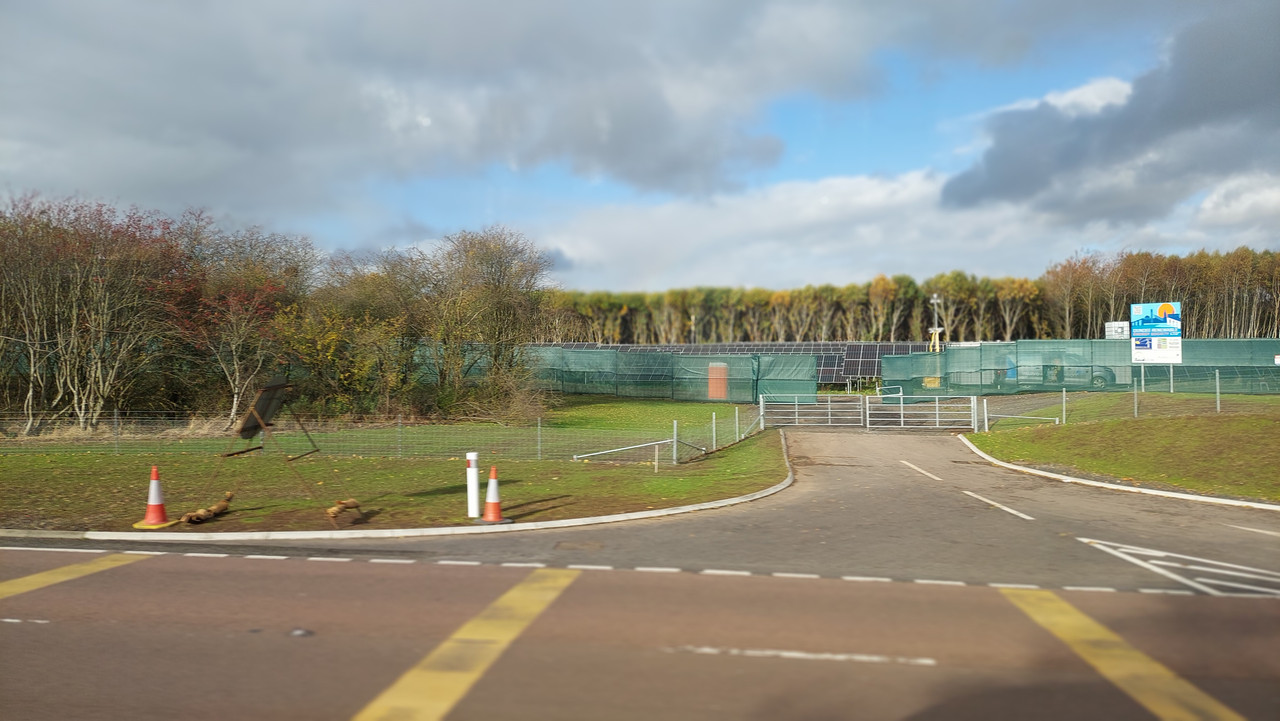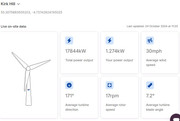John_S wrote: ↑Mon Oct 21, 2024 5:04 pm
Is there an order of merit (or demerit) in which wind farms are curtailed or is it a matter of last connected, first curtailed?
The rules are not that straight forward, and for KH it was explained by Ripple in quite a lot of detail back in August.
See link below or read a summary of it below were I've taken all the bits regarding the outage out of it.
Also note GF is small and on the distribution network, it will only be constrained if there is a grid fault or grid maintenance, and expect WB to have a higher amount of curtailment than KH as it will only be connected to the transmission network.
https://camelot-forum.co.uk/phpBB3/view ... 790#p48831
The Balancing Mechanism is used at a UK level by National Grid to balance national supply and demand. Under the terms of our connection contract, due to the scale of the wind farm, we will eventually have to start participating in the Balancing Mechanism. This means we will submit prices at which we're willing to be constrained off when National Grid requires this, usually during times of high wind output and low demand. We won't always be instructed to go off during these periods. When we are, the wind farm will receive a payment which will go towards the operating costs pot (Ripple doesn’t get the payment), ensuring there is still a benefit for all the Kirk Hill members. When instructed, the turbines will be remotely set to turn down or turn off; this will be done via our Asset Manager, RES, through their control centre.
There can be other more local bottlenecks though, and these are not 'static' - they change due to temperature of cables and transformers, and as power demand changes. It is very, very uncommon to have a completely 'firm' grid connection (which the generator can have unobstructed access to, even during planned maintenance of a circuit or when there is a fault). Doing so would essentially require a parallel grid connection and additional capacity on the network, which would be unused for the vast majority of the time. This would be a waste of resources and prohibitively expensive. To avoid this, grid operators have a variety of tools to allow timely and cost-effective connections for generators.
One of these is a Load Management System (LMS). Kirk Hill is subject to an LMS. During normal conditions, there is no restriction on our output and our connection can take our full 18.8MW of power. Some of this power is then distributed to the local 33kV network, and surplus is exported up through the transformers at Maybole and onto the 132kV transmission network. In some conditions (typically in summer, when local demand is lower; during summer storms; and often if one of the transmission circuits and/or transformers is offline for maintenance or with a fault), the remaining transformer and/or transmission circuit could start to approach its maximum capacity. When this happens the LMS sends escalating signals to the wind farm to reduce power, or go off completely, and the Ripple dashboard will reflect that reduced power output.
Curtailment due to LMS signals is not compensated, and so we won't receive any payment for this from SPEN (the alternative would be to pay millions to have a ‘firm’ connection). Whilst not ideal, this had been accounted for in the projections for the wind farm, so this is not unforeseen.
A more sophisticated control system may be put in place by SPEN in future that constantly calculates how much headroom is available on the system and sends signals to the wind farm to operate using that headroom. But this is a number of years off yet.).





